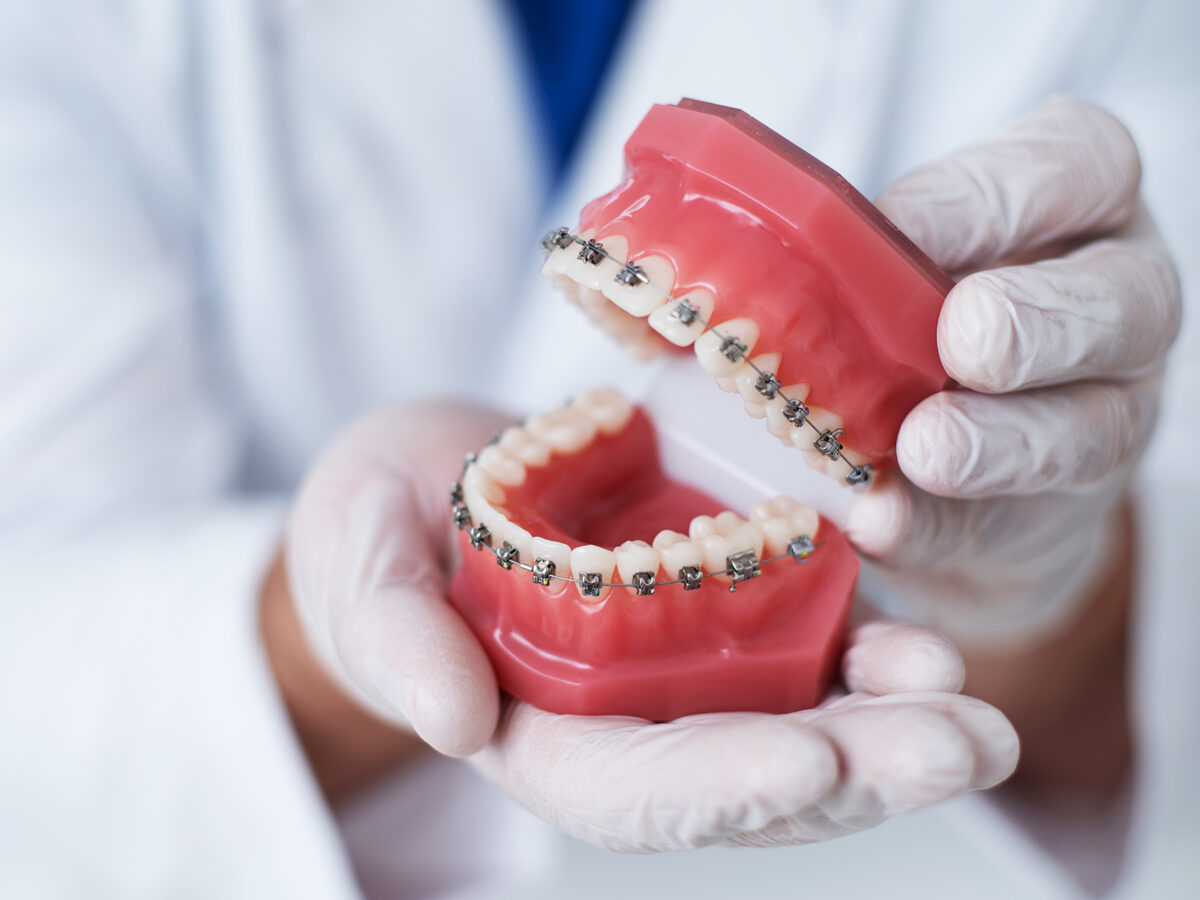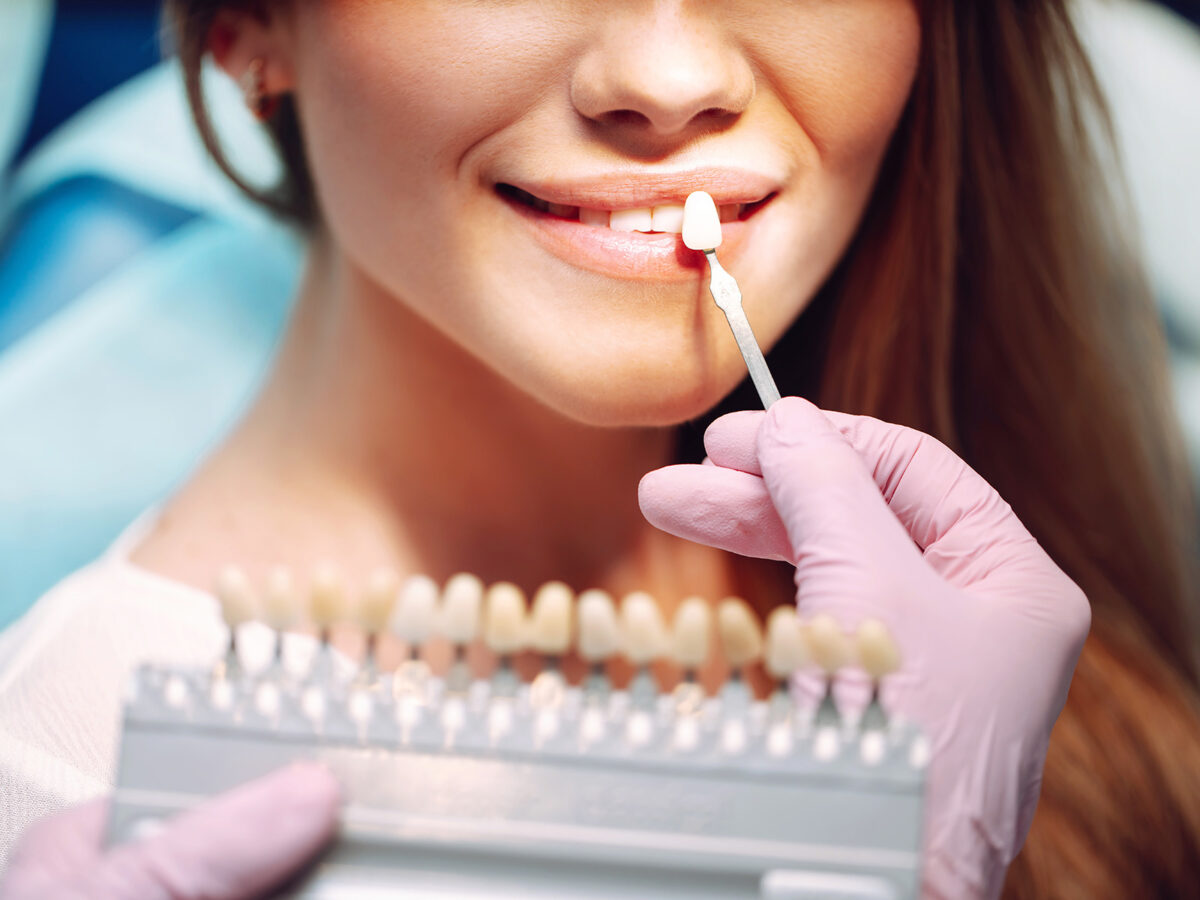Tooth decay and gum disease are two common oral health problems resulting from dental plaque, a sticky film of bacteria that accumulates on teeth. While brushing and flossing are crucial, what you eat also significantly impacts dental plaque formation.
In this article, we’ll discuss the role that sugar, acidic foods, and plaque-causing foods play in the relationship between diet and dental plaque formation.
The Role of Sugar in Dental Health:
The sugars in your meals, especially sucrose and glucose, are fermented by the bacteria in your mouth. This bacterial metabolism produces acid, leading to a drop in your mouth’s pH value, making it more acidic. This acid can weaken and eventually erode the enamel on your teeth, leading to the development of cavities.
Dental plaque forms when an acidic environment persists for an extended period. Dental plaque is a biofilm composed of bacteria, saliva, and food particles that adheres to teeth. Tooth decay begins with dental plaque, which, if not removed through regular brushing and flossing, can harden into calculus (tartar). The acid in plaque can dissolve the enamel of your teeth, leading to cavities and other oral health issues.
The Impact of Acidic Foods:
Acidic foods and beverages, such as citrus fruits, carbonated drinks, and some vinegar-containing items, can directly erode tooth enamel. This erosion weakens the protective layer of enamel, making it easier for plaque-causing bacteria to attach to the tooth’s surface, ultimately resulting in tooth decay. Due to this acid erosion, plaque and cavities can develop more rapidly.
Preventive Measures: To minimize the negative effects of acidic foods, consume them in moderation and rinse your mouth with water afterward. Chewing sugar-free gum can also help neutralize acids and protect tooth enamel through increased saliva production.
Foods That Promote Plaque Formation:
Sticky, sugary snacks are particularly problematic because they provide a constant source of sugars for plaque-forming bacteria to thrive on. Items like caramels, gummy candies, and dried fruits can be detrimental to oral health.
High-carbohydrate foods like chips, crackers, and bread can be broken down into sugars in the mouth, promoting plaque formation. Consuming carbonated soft drinks and sugary beverages together can be likened to an assault on your teeth due to their high sugar and acid content. These items contribute significantly to dental plaque formation.
Reducing Your Intake of Plaque-Promoting Foods and Beverages: It’s essential to consume sticky, sugary snacks, carbohydrate-rich foods, and sugary beverages in moderation. If you indulge in these foods, maintain proper dental hygiene by brushing and flossing afterward.
Preventing Plaque Buildup on Your Teeth:
A healthy diet comprising fruits, vegetables, lean proteins, and whole grains can contribute to better oral health. Incorporating these foods into your diet can help improve your oral health.
Managing Your Sugar Intake: Limit your consumption of sugary and processed foods. Always check nutrition labels and opt for sugar-free or low-sugar alternatives.
Maintaining Proper Oral Hygiene: Brush your teeth at least twice a day with fluoride toothpaste, floss daily to remove food trapped between your teeth, and use an antimicrobial mouthwash to kill any remaining bacteria.
Regular dental check-ups and cleanings are essential. Dentists can detect early signs of plaque formation and provide preventive treatments.
Conclusion:
Undoubtedly, your diet plays a significant role in your risk of developing dental plaque. Tooth decay and gum disease are just two oral health problems that can result from a diet high in sugar and acidic foods.
To maintain healthy teeth and gums, it’s crucial to follow a balanced eating plan, practice regular brushing and flossing, and avoid consuming high-sugar and high-starch foods. By following these tips, you can protect your teeth from plaque formation and maintain the health and vitality of your teeth and gums.



